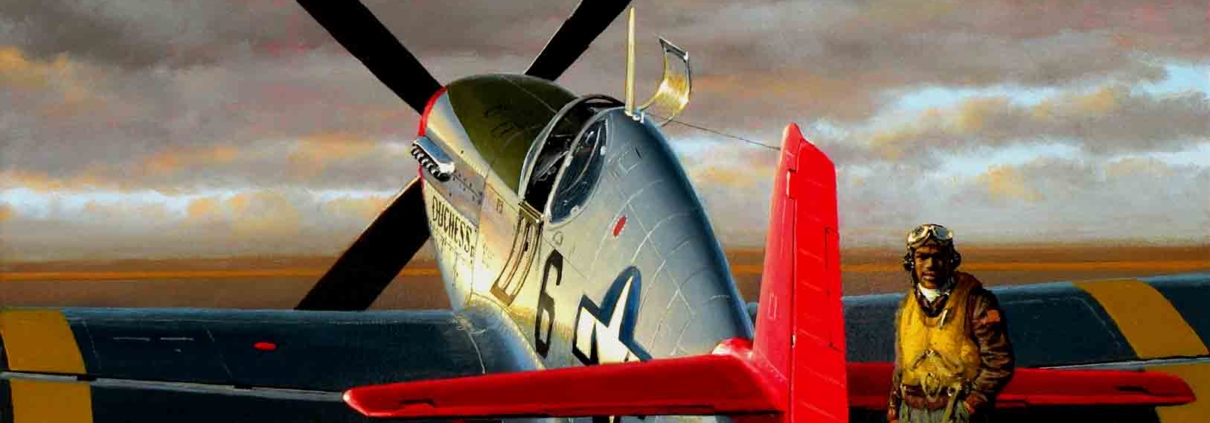Tuskegee Airman Walter Palmer
Tuskegee Airman Walter Palmer
Born in 1921, 1st Lt. Walter J.A. Palmer became a US Army Air Force pilot in 1943 graduating in class SE-43-F. He flew 158 combat missions over Italy and Germany during World War II. He was assigned to the 100th Fighter Squadron of the 332nd Fighter Group.
In February 1944, the 100th, 301st and 302nd fighter squadrons arrived in Italy; together with the 99th, these squadrons of black pilots and other personnel made up the new 332nd Fighter Group. The 99th fighter squadron had gone into combat earlier in North Africa, being assigned to other fighter groups while flying the P-40F Warhawk.
Now, with all four squadrons together in Italy, the were given P-39 Airacobras. After a few months, the rather slow Airacobras were replaced with P-47 Thunderbolts. With the P-47, the 332nd really started to have great results. Because of the robust nature of the P-47, most of their missions were in the dangerous roll of ground attack. A P-47 could take allot of punishment and still make it back home.
Then, just after two months with the P-47, they were given P-51 Mustangs. With the P-51 Mustang, they were now in the bomber escort business, escorting the bombers all the way deep into Germany. This is the roll that they excelled in. They tenaciously guarded the bombers, which was greatly appreciated by the bomber crews. They did such a great job and were compiling a superior record that they receive factory new P-51D Mustangs.
The painting shows Tuskegee Airman Walter Palmer with his P-51C Mustang. This was the earlier version of the P-51 that the 332nd had first received. Even though the “C” model wasn’t as refined as the later “D” model, it was still a fabulous fighter. The P-51 Mustang is arguably the best all around fighter that saw combat in WWII.

 Stan Stokes
Stan Stokes Stan Stokes
Stan Stokes Stan Stokes
Stan Stokes